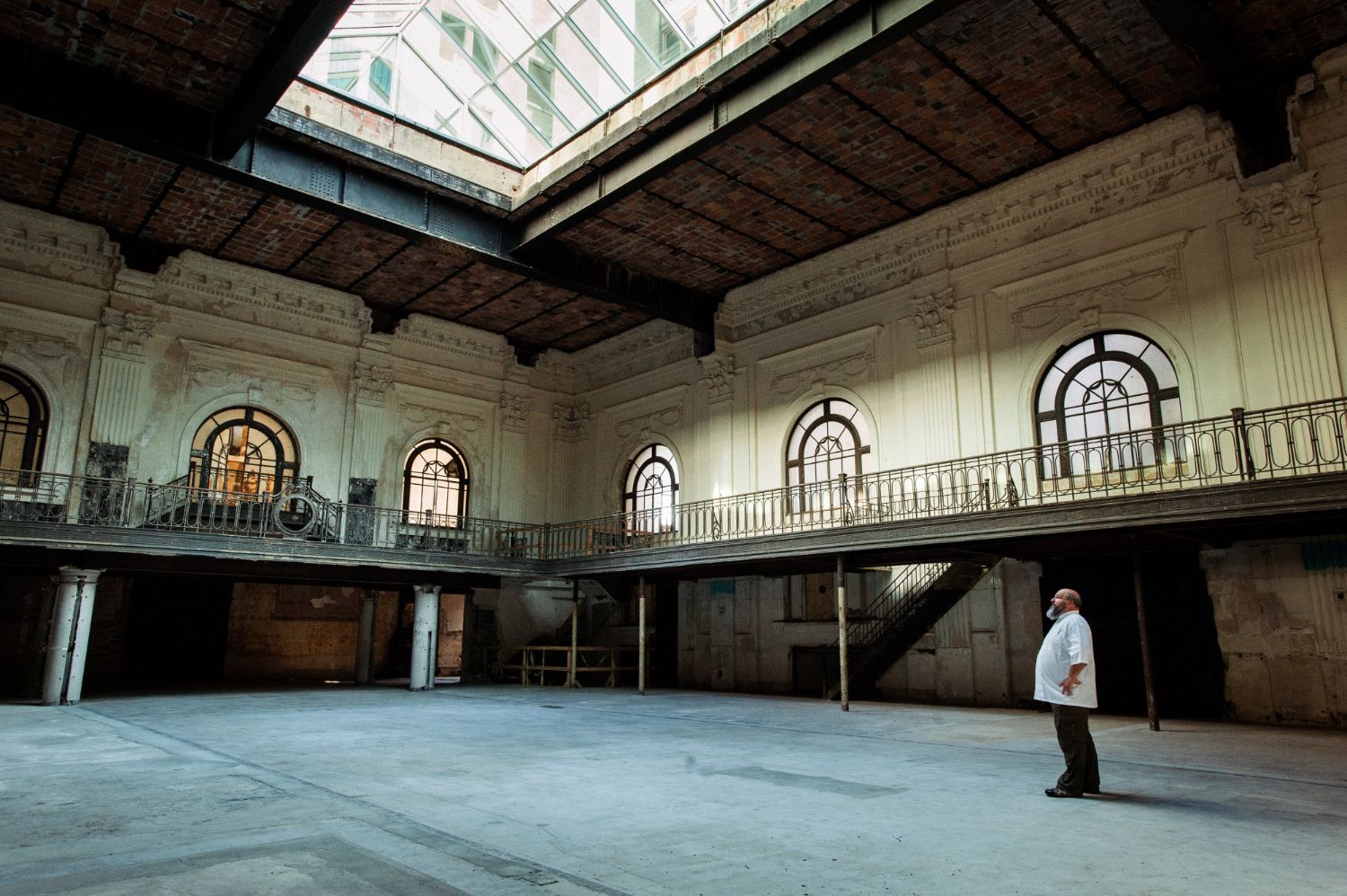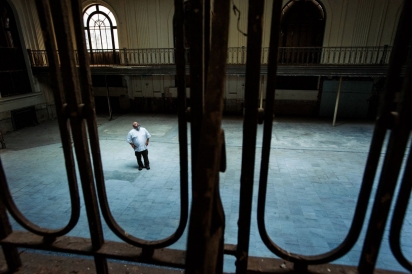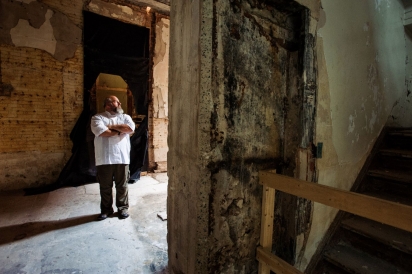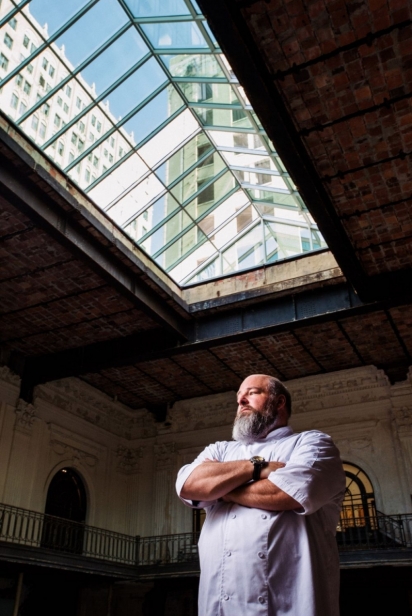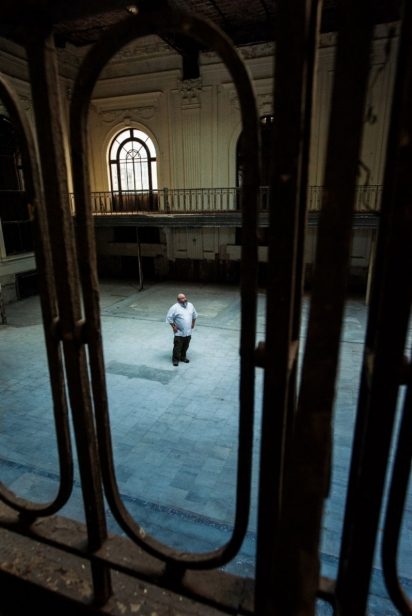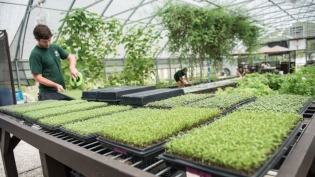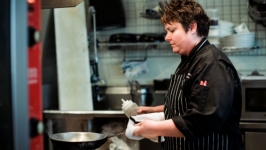Food in the Urban Core
As the revitalization of the urban core continues to evolve, one question to be addressed is: Which comes first, the people or the food? Does there need to be a critical mass of population in an area before food establishments find the location attractive enough to invest money and time? Or is it possible that one good restaurant can help people re-imagine a space, a street and a neighborhood?
The developers of the Laura Street Trio, a group of three historic buildings located on and near Laura Street in downtown Jacksonville, felt the answer was to have the right person from the culinary community in place to give the project viability. “The Marble Bank Building screams out to be a high-end, beautiful restaurant, and we wanted Scott because his quintessential Southern cuisine fit the bill for delicious local flavor. We felt that the project would allow him to showcase his talents,” said Lisa Goodrich, director of Marketing and Community Engagement with SouthEast Group. The right person, however, needed to be convinced the city itself was ready before committing to the venture.
“I swore up and down that I would never go downtown, no way. The city was not ready for this,” said Chef Scott Schwartz. “One night we came over to The Elbow area, the bars and restaurants were open and there was life downtown. Then the developer invited me to see the property. He opened the doors, I walked in and my jaw dropped.”
A Field of Dreams vision took hold of the chef. He envisioned a space with real food connecting our urbanizing public with those who produce the food, and he signed up for the new undertaking.
After years spent as a fine-dining corporate chef in Atlanta, Chef Schwartz realized he had stopped having fun and was ready for a change. When his mom retired in Northeast Florida he landed in Fernandina Beach, where he opened a new culinary playground, 29 South Restaurant. It wasn’t until after a trip to Napa, however, where fresh, local produce is the norm, that Schwartz defined his philosophy for 29 South and focused on sourcing products from providers in the region.
“Living in Florida, you can go to the farmers and develop these relationships with them to get the best ingredients. We shake the hands that feed us, and it’s my job to take care of those ingredients,” he said.
The Bullbriar in the Marble Bank Building will be Chef Schwartz’s city restaurant, a sibling to his casual restaurant in Fernandina Beach. Adjacent to The Bullbriar will be a Marriott Courtyard boutique hotel and 90 condos in the old Barnett Bank building. Named after a North Florida native plant once used to make sarsaparilla and beer, The Bullbriar will be a full-service restaurant and bar featuring upscale Southern-style food, a bar and private dining rooms, and a wine cellar in the former bank vaults in the basement.
Much of the food will be sourced locally whenever possible, including from the rooftop garden which is integral to the plans. “At 29 South, we have about 14 beds behind the restaurant. This downtown garden will be about twice the size of what we have at the beach, and we will also have some hydroponic towers. The garden gives the cooks a chance to get their hands dirty—you treat fennel or other produce with a little more respect after growing it. And the guests at the Marriott can see the chefs tending the garden,” said Chef Schwartz.
The chef is eager to see how the modern-day necessities of a food establishment will be configured. Given the historical significance of the building, key architectural elements will need to be retained or restored, requiring some creative design of the kitchen and dining room. The project will take over a year to complete, and the restaurant will serve as a key component in re-imagining the urban environment. The length of time, however, is not a deterrent to this enthusiastic entrepreneur.
“While it’s really important to have a residential downtown, at the heart of the project there needs to be a culinary focal point,” said Chef Schwartz. And we think he is well on his way to creating it.


